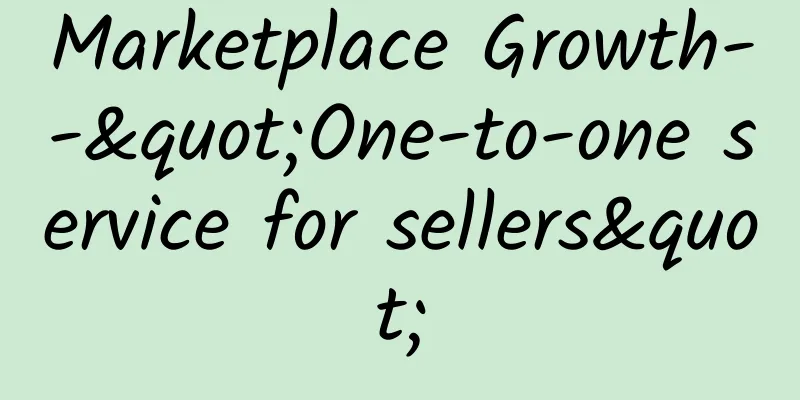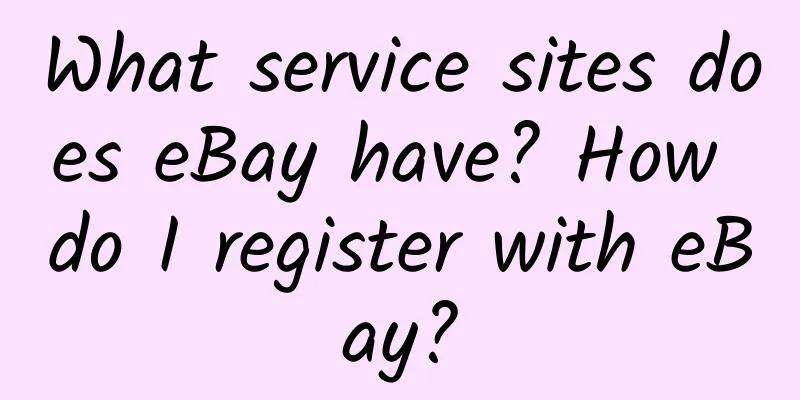Super Store Manager: How to Create the Most Reasonable Optimization Plan for Wish Hot-selling Products

|
Sellers who have operated on the Wish platform know that Wish is actually a platform with a strong focus on hot-selling products. The sales of a single or a few products can account for 80% or even more than 90% of the total sales of the store. However, Wish does not have an advertising platform, and the threshold for attracting traffic through Facebook is relatively high. So how do those sellers optimize their products and create hot-selling products in their stores? Without further ado, let's look at the conclusion: 1. Bulk delivery 2. Select products with potential for optimization 3. It is not enough to optimize in a single way. It is necessary to optimize in three major directions: "Wish adjustment", "seller's own adjustment" and "buyer behavior", supplemented by appropriate rhythm and intensity, to carry out combined optimization. 1. Bulk delivery. Wish obtained the following data from Super Store Manager Cross-border Edition. As of April 17, 2017, there are about 110,000 stores on Wish, with about 112.45 million products on sale. Therefore, the average number of products in a store is about 1,022! Dear sellers, take a look at your own stores. Do you have enough products? 2. Select products with potential for optimization. If we optimize each of the 900 products, then we only need to optimize products every day and don’t need to do anything else. As the saying goes, “Good steel should be used on the blade, and money should be spent on the details”, of course, we should use our limited energy to optimize the products with the greatest potential. So what products have the greatest potential? Yes, we should optimize the products that have been assigned to the industry or have the potential to be assigned to the industry! If we compare the journey from the launch of a product to its becoming a hit to the journey from Shanghai to Beijing, then ordinary products are walking with their legs, while products that have been assigned to the industry are riding the high-speed train! 3. Optimize based on the combination of "Wish adjustment", "seller's own adjustment" and "buyer behavior". Due to the limitations of the Wish platform, the content that sellers can optimize is actually very limited. The only operations that can be done are to adjust the MSRP, adjust the selling price, adjust the shipping cost, and adjust the label and title. But why is it that with the same optimization content, some people sell hot products, while others have no improvement? Because you have ignored two other very important passive optimization factors: "Wish adjustment" and "buyer behavior". Only by combining the passive adjustment of "Wish adjustment" and "buyer behavior", and then coordinating the active optimization behavior of "seller's own adjustment", can the best effect be achieved! Let’s look at Wish adjustments first. There are several specific optimization types: 1. Wish Certification 2. Product review and deletion 3. Wish label adjustment 4. Wish sales price and shipping fee adjustments 5. Industry allocation adjustment As the name implies, Wish adjustment is the official adjustment of Wish products. In order to prevent sellers from malicious price wars, Wish has started a price increase sales model, and the premium from the price increase sales is all pocketed by Wish, which has become the focus of everyone's "complaints"! However, everything has two sides. Under the premise that Wish can get the same orders when pushing two products AB, do you think Wish prefers to push products with price increases or products with low prices? The answer is obvious, so many sellers have begun to adapt to and take advantage of this price increase behavior. The more price increases a product has, the more frequently it is optimized, and they work with Wish to create their own hot products. Finally, through the observation of massive data, the super store manager found that the results of optimization behavior will not be directly reflected in sales immediately. In different industry backgrounds, the difference will be greater. Some will be quiet for a period of time before exploding, while others will soar all the way, and there are also many sales that have not improved. In addition, the cross-border version of the super store manager can help monitor the user's online product optimization route, but it cannot monitor the seller's offline delivery and product quality. Therefore, it is not possible to simply monitor the online data to determine whether this optimization behavior is effective. Finally, the store manager suggested that the seller summarize his own optimization plan by analyzing competitors and products. |
<<: Kickstarter's Areas of Coverage
>>: How to recover deleted emails in Outlook?
Recommend
What are the commission rates for each category on eBay? What are the transaction fees for eBay Stores?
What is the commission rate for each category on ...
What is CloudMail? What are the functions of CloudMail?
What is CloudMail? Yunyou is the second-generatio...
How to print labels on eBay Asia Pacific Logistics Platform? Tips for sellers~
eBay Asia Pacific Logistics Platform is a platfor...
Key points that auditors will pay attention to when conducting factory inspections on discrimination issues
Discrimination means that employers must not infr...
What is a human rights factory audit?
The main contents of human rights factory audit 1....
Key points for special equipment factory inspection
Key points for factory inspection of special equi...
Wal-Mart's Trust-Mart is on the price violation blacklist again
On December 4, 2012, the Hangzhou Municipal Price...
Best Buy - the world's largest home appliances and electronics retailer
What is Best Buy? Best Buy was founded in 1966 an...
Sedex-(Supplier Ethical Data Exchange)
Sedex is the abbreviation of Supplier Ethical Data...
Relevant points to note in anti-terrorism certification
1. Security Management System 1. Develop written ...
How to open a store on eBay? What are the steps to open a store on eBay?
Recently, many seller friends asked me how to ope...
The detailed entry process of FanMart is here
What is FanMart? How to join FanMart? What are th...
Chinese SOS letter found in socks at British clothing store
Core facts The writer of the letter claimed that h...
What is meesho? What are the advantages of meesho platform?
What is meesho? Meesho is an Indian-origin social...
ICS Factory Audit-Members/Members List
ICS Factory Audit-Members/Members List Carrefour ...









